Pittosporum is a type of evergreen shrub that is popular for its dark green leaves and fragrant flowers. While it is generally a hardy plant, there are occasionally problems with holes appearing in the leaves. In this blog post, we will discuss the possible causes of these holes and how to solve the problem!
Why Are There Holes in My Pittosporum Leaves?
Holes in pittosporum leaves are usually caused by pests or diseases. The most common pests are pittosporum suckers, aphids, weevils, and mealybugs. These pests suck the sap out of the leaves, causing damage that appears as holes. Diseases such as powdery mildew and leaf spot can also cause holes in leaves, although these are less common.
If you notice holes in your pittosporum leaves, the first step is to identify the cause. This can be done by inspecting the plant for pests or diseases. You may need to use a magnifying glass to see small pests such as aphids.
How to Treat Pittosporum Leaves with Holes?
Once you have identified the cause of the holes, you can treat the problem accordingly. If pests are to blame, you will need to use an insecticide. Be sure to follow the instructions on the label carefully. If diseases are the cause, you will need to use a fungicide.
Neem oil is both an insecticide and a fungicide, so it can be effective against both pests and diseases. Neem oil is made from the seeds of the neem tree and is safe to use around your plants.
Simply mix neem oil with water according to the instructions on the bottle. Then, use a spray bottle to apply the solution to your pittosporum leaves. Be sure to cover both the top and bottom of the leaves.
You should see results within a few days, but be sure to continue treatment for several weeks to ensure that all of the pests or diseases are gone.
Another option is to remove the affected leaves. This will help to prevent the problem from spreading. Be sure to dispose of the leaves in a way that will not spread pests or diseases, such as by burning them.
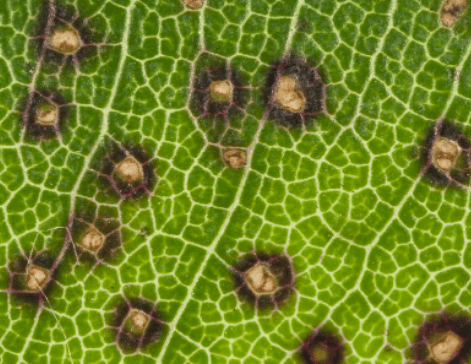
How to Keep Pests Away From Pittosporum Leaves?
The best way to keep pests away from your pittosporum leaves is to practice good plant hygiene. This includes regularly inspecting your plants for pests and diseases and removing any affected leaves.
You should also avoid over-watering your plants, as this can make them more susceptible to diseases. You see, fungus and other diseases love moisture. So, by keeping your plants dry, you’ll make it harder for them to take hold.
You can also use traps or barriers to keep pests away from your plants. For example, you can place yellow sticky traps around your pittosporum to catch aphids. You can also use row covers to physically block pests from getting to your plants.
What Else Causes Holes in Pittosporum Leaves?
There are a few other reasons why your pittosporum leaves might have holes:
Animals
If you live in an area with rabbits or deer, they may be eating your pittosporum leaves. This is especially likely if you see holes that are large and ragged.
To keep animals away from your plants, you can use a fence or other physical barrier. You can also try using repellents, but be sure to choose one that is safe for use around animals.
Weather
If you cannot find any pests or diseases, the holes may be caused by physical damage. This can happen if the leaves are burned by too much sun, frozen by cold weather, or eaten by animals.
Unfortunately, there is not much you can do to prevent this type of damage. However, you can try to protect your plants by placing them in an area that is sheltered from the wind and sun.
Should I Prune Pittosporum Leaves with Holes?
Pittosporum leaves that have been affected by pests or diseases should be pruned. This will help to prevent the problem from spreading and will also improve the plant’s overall appearance.
To prune your pittosporum leaves, simply cut off the affected leaves at their stems with a pair of sterilized scissors. After you’re finished, dispose of the leaves far away from any other plants to prevent the problem from spreading.
Conclusion
Holes in pittosporum leaves can be a nuisance, but with proper treatment, you can get rid of them for good! Be sure to check your plants regularly for signs of pests or diseases and take action as soon as you see something wrong. With a little care, your pittosporum will be healthy and hole-free in no time.
I hope this blog post was helpful! If you have any questions, please leave a comment below. Thanks for reading!
Tim is an avid gardener from the UK. He was the founder of PlantCarer.com from 2021 to Sep 2023. He sold PlantCarer.com to Aaron. He has since started his own business called Seed To Supper, which provides new gardeners all the materials you need in a box (pots, seeds, compost and instructions) to grow your own delicious and nutritious vegetables and herbs from start to finish – no garden required.



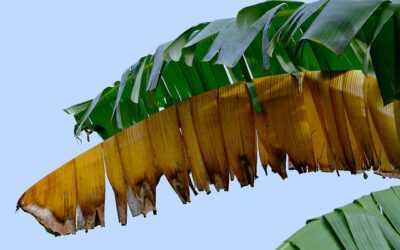

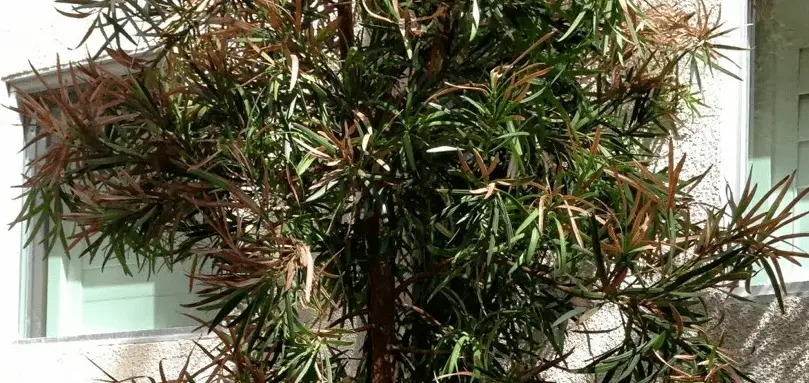
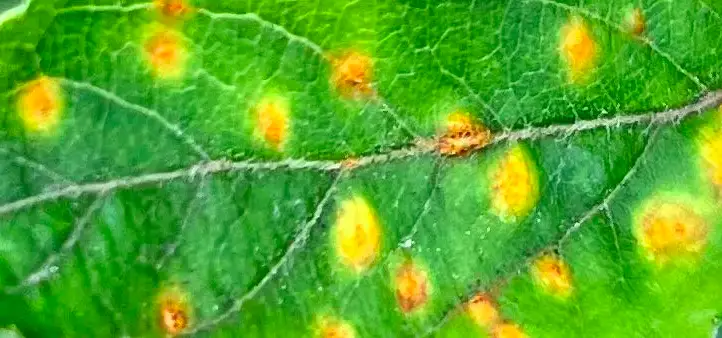
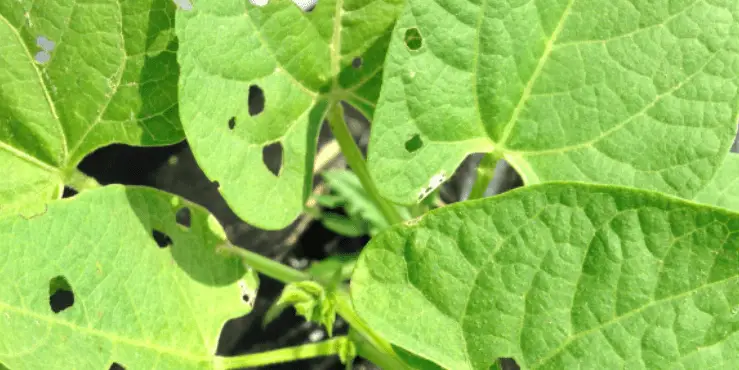
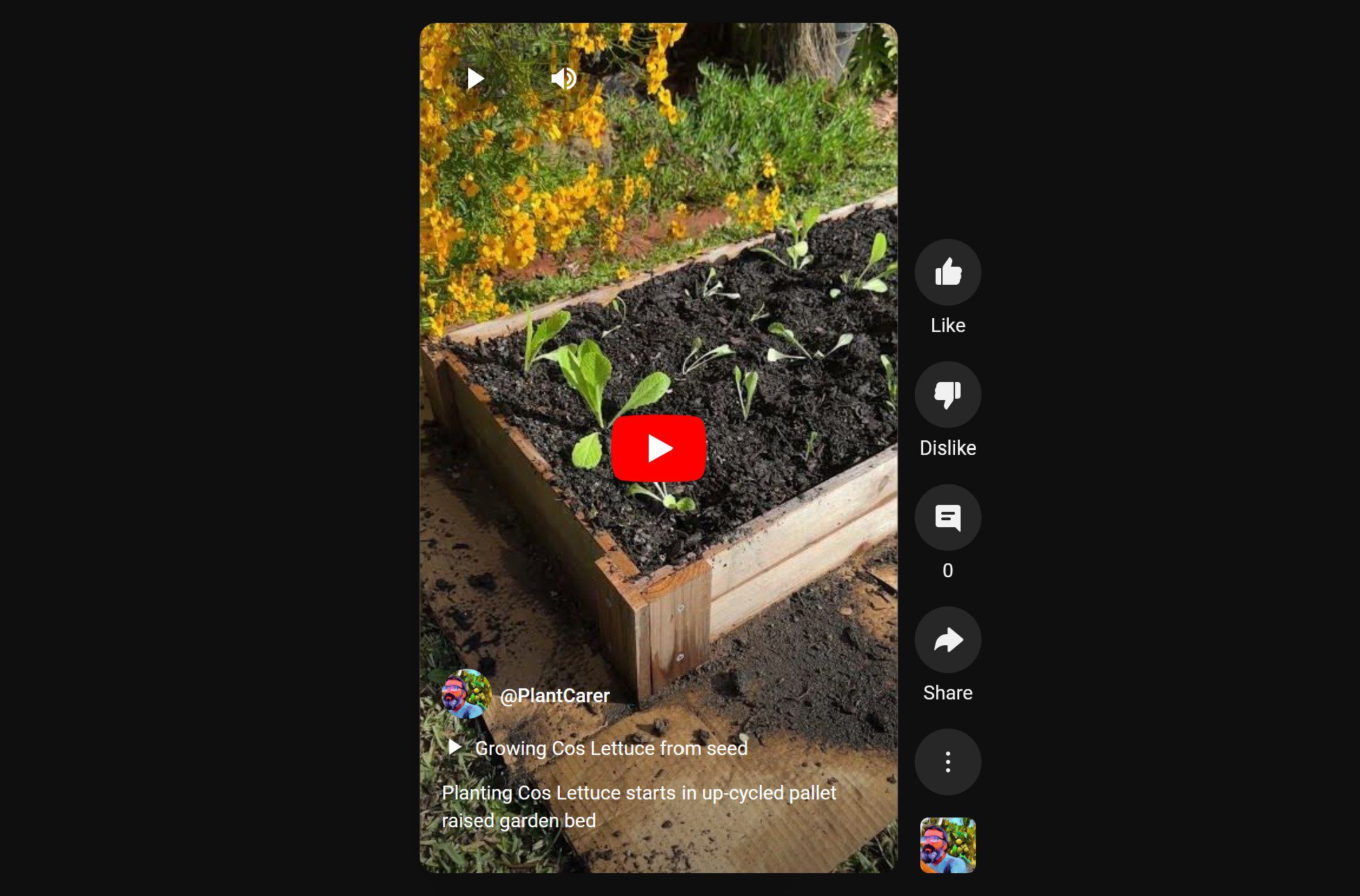
0 Comments